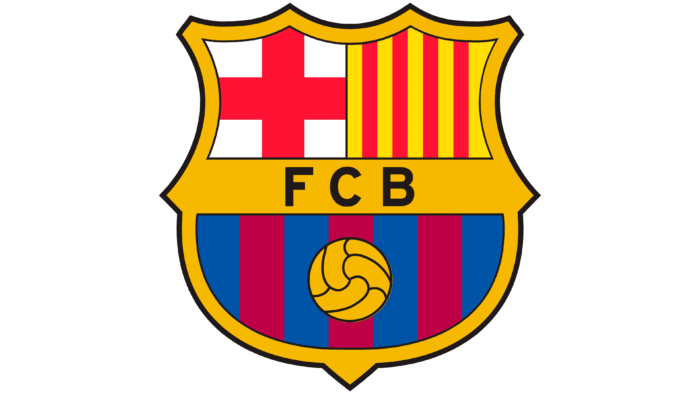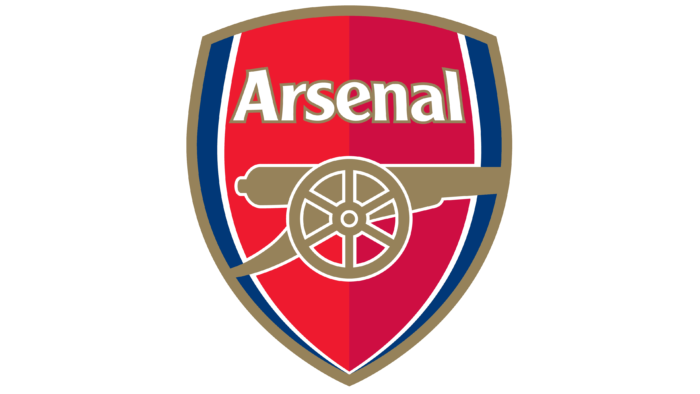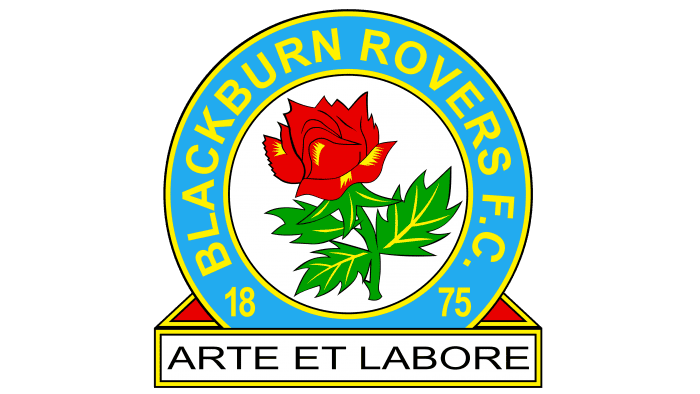 Portugal National Football Team Logo PNG
Portugal National Football Team Logo PNG
The Portugal national football team logo emphasizes the preservation of traditions and inheriting past generations’ experiences. The emblem represents the team as the main successor and continuer of the martial glory of Portugal’s men.
Portugal National Football Team: Brand overview
The Portuguese national football team, celebrated globally for its impressive victories and legendary players, has a rich history that begins in 1921. Their first official match against Spain ended in a 3-1 defeat. For decades, Portugal struggled to significantly impact internationally, with rare qualifications for major tournaments. The 1966 World Cup in England marked their first notable achievement, clinching third place under the leadership of the legendary Eusébio.
The late 20th and early 21st centuries saw the rise of a new wave of Portuguese talent, often dubbed the “Golden Generation.” This era was highlighted by players such as Luís Figo, Rui Costa, and Pedro Pauleta. Portugal’s youth teams won the FIFA World Youth Championships in 1989 and 1991. The national team reached the semifinals of Euro 2000 and finished as runners-up at Euro 2004 on home soil, losing to Greece in a dramatic final. In the 2006 World Cup, Portugal secured a commendable fourth place.
From 2003 onwards, Cristiano Ronaldo became the undisputed leader and symbol of the Portuguese national team. Ronaldo, one of the greatest footballers in history, led Portugal to significant triumphs, including the Euro 2016 title and the 2018/19 UEFA Nations League. He also became the top scorer in both Portuguese national team history and European football. Portugal consistently reached the knockout stages in the 2010, 2014, and 2018 World Cups.
The pinnacle of Portugal’s footballing success came in France in Euro 2016. In a memorable final, Portugal defeated the hosts 1-0 in extra time, with Éder scoring the decisive goal. Despite Ronaldo leaving the field due to injury in the 25th minute, his teammates persevered to secure a historic victory.
The 2010s saw the rise of new stars within the Portuguese team. Players like Bernardo Silva, Bruno Fernandes, João Félix, and Rúben Dias contributed to the team’s triumph in the UEFA Nations League and their progress to the Round of 16 at Euro 2020. Portugal remains a dominant force in international football, consistently competing for major titles.
At the 2022 World Cup in Qatar, Portugal advanced to the quarter-finals but was eliminated by Morocco. This tournament marked the 37-year-old Cristiano Ronaldo’s final World Cup appearance, as he had ceded his role as the team’s undisputed leader by then. The future of the “Seleção” looks promising, with emerging talents such as Gonçalo Ramos, Rafael Leão, and António Silva poised to lead the team forward.
Portugal is renowned for its technical and attacking style of play and its ability to deliver results in crucial matches. The Portuguese football school has produced numerous exceptional players. Still, Cristiano Ronaldo undeniably stands out as the most iconic figure in the team’s history, holding the title of the top scorer and being one of the greatest footballers of all time.
As of August 2023, Portugal is ranked 8th in the FIFA world rankings. The Portuguese national team continues to be a powerhouse in global football, capable of challenging and defeating the best teams in the world.
Meaning and History
What is the Portugal National Football Team?
The Portugal National Football Team represents Portugal in international football competitions. Managed by the Portuguese Football Federation (FPF), the team is known for its skillful and creative style of play. Over the years, Portugal has produced many world-class players who have excelled globally. The team has achieved significant success in major tournaments, showcasing their ability to compete against the best in the world. Portugal’s passionate fan base and commitment to excellence make it a formidable international football presence.
1914 – 1966
After the revolution in 1914, the Portuguese Football Union was established. Regional organizations chose the country’s national symbol—the shield of Portugal, which has been used since the 15th century—for the first emblem.
Five shield-like elements with white bezants in the center form a blue cross of Henry of Portugal, placed on a silver shield. Surrounding this symbol is a red border adorned with golden castles, symbolizing protection and independence.
The dots on the cross mark the victories of the Portuguese army. Gold represents the nation’s grandeur, while red signifies the blood of those who sacrificed for the country’s independence.
The national symbol boosted the team’s morale and helped build the country’s football system, reflecting past generations’ courage, strength, and victories.
1966 – today
For its first participation in the World Cup, the team prepared a new logo incorporating important national symbols.
The emblem is based on the cross of the Order of Christ, the Knights Templar in Portugal. This symbol was embroidered on the sails of exploration ships and painted on aircraft. The logo recalls the Knights Templar’s significant role in the country’s history, influence on Portuguese culture, and military victories.
At the center of the emblem is the national shield, slightly transformed into the shape of a trophy. Inside is the blue cross of Henry of Portugal. This design emphasizes the theme of victories that began in past centuries.
The abundance of crosses highlights faith’s religious and historical significance for Portugal.
The abbreviation FPF at the top of the shield stands for Federação Portuguesa de Futebol, underscoring the team’s official affiliation and connection with the national federation.
The logo symbolizes the historical roots of the strength and courage of Portugal’s warriors, preserving traditions and heritage while intertwining them with a modern drive for success and development in football.





